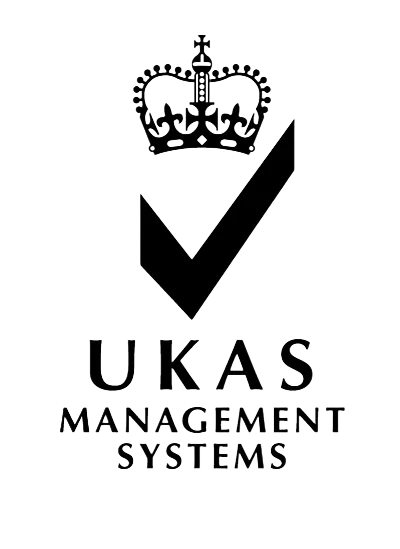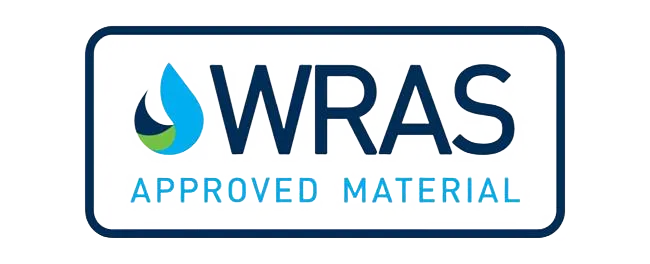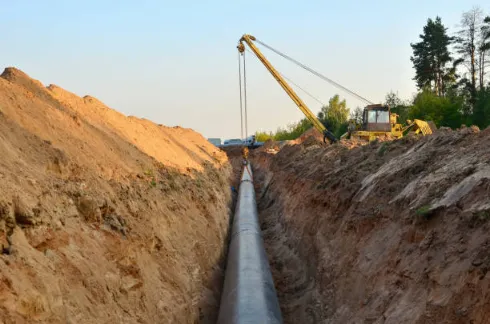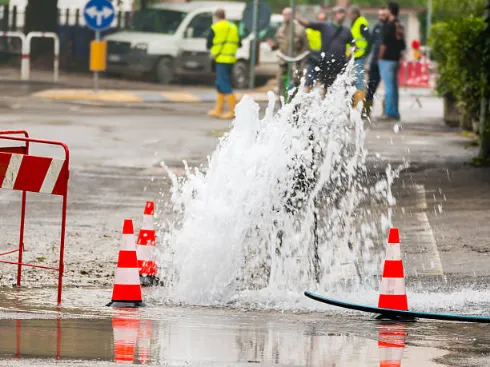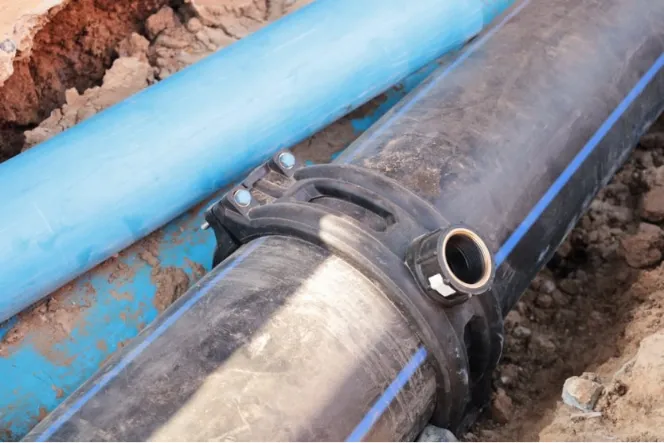Overview of Cast Iron and Ductile Iron
What Is Cast Iron and How It Is Made
Cast iron started way back around 600 BCE. People wanted to make iron stronger, so they tossed in some carbon to create graphite. This graphite comes out as thin, pointy flakes. Those flakes make cast iron tough and slow to rust. But they also make it super stiff. It breaks easily when you put pressure on it because the flakes mess up the iron’s insides. This means cast iron isn’t good for jobs where things need to bend or handle heavy stress.
What Is Ductile Iron and How It Differs in Composition
Ductile iron popped up in the 1940s. It’s made by mixing in tiny amounts of magnesium, silicon, and cerium with hot, melted iron. This turns the graphite into small, round nodules instead of sharp flakes. The round shape lets ductile iron bend and stretch without snapping. It’s a lot tougher and more flexible than cast iron, so it’s great for hard jobs where strength is key.
Common Industrial Applications of Each Material
Cast iron gets used for stuff that doesn’t need to carry big loads. Think of pretty railings, drainage grates, or manhole covers. Its hardness and ability to resist wear make it perfect for these things. Ductile iron shines in city projects. You’ll find it in water pipes, sewer lines, or support beams. It’s strong and can take a lot of bumps, making it awesome for tough work.
Corrosion Resistance and Longevity
How Cast Iron Performs in Corrosive Environments
Cast iron has a protective layer from its graphite at first. This keeps rust away for a little while. But over time, that layer gets weak. Rust sneaks inside and chews up the iron. The iron can leak into nearby dirt or water, leaving a flimsy web of graphite flakes. That weak web breaks easily, so cast iron doesn’t last long in rough places.
Corrosion Resistance of Ductile Iron vs Cast Iron in Pipeline Systems
Ductile iron is way better at fighting rust. Its round graphite nodules are tight and strong. Plus, it often comes with extra protection, like cement mortar on the inside or polyethylene on the outside. This helps ductile iron pipe last a long time, even in water or harsh chemicals. It’s a solid choice for pipelines in tough spots.
Factors That Influence Lifespan in Harsh Conditions
A few things decide how long pipes last. Wet dirt, acidic soil, temperature swings, and pressure inside the pipes all play a part. Ductile iron can bend with ground shifts or shakes, so it’s less likely to crack than cast iron. This makes it a better pick for long-term use in hard conditions.
Manufacturing and Cost Considerations
Production Processes for Cast Iron vs Ductile Iron Components
Making cast iron is pretty easy. You melt the iron and pour it into molds. It’s a quick job with just a couple of steps. Ductile iron takes more work. You have to add magnesium to get those round graphite nodules. That extra step makes it trickier, but you get a much stronger material in the end.
Material Availability and Cost Efficiency for Large-Scale Projects
Cast iron might seem like a cheap deal at first. It costs less to buy upfront. But ductile iron saves you money over time. It lasts longer, so you don’t have to fix or replace it as much. For big projects where toughness matters, ductile iron is usually the better choice. It’s worth the extra cash at the start.
Machinability, Casting Complexity, and Finishing Requirements
Ductile iron is easier to shape than cast iron. It doesn’t crack as much when you work on it. This lets you make all kinds of designs. Plus, ductile iron often skips the extra heat treatments that cast iron needs to fix stress inside. This saves time and gives you more options for your project.
Applications in Pipeline Systems
Choosing Between Ductile Iron Pipe and Cast Iron Pipe for Water Supply Projects
Ductile iron pipe is the top pick for water systems today. It can handle high pressure and won’t break when things move or shake. Cast iron pipes can’t deal with sudden pressure jumps. In North America, hundreds of water main breaks happen every day, often in old cast iron pipes that just can’t keep up.
Performance of Ductile Iron Pipe in Gas, Oil, and Chemical Industries
Steel pipes are common for oil, gas, and high-pressure water systems. But ductile iron pipe is great for things like chemical wastewater or systems with medium pressure. Its ability to fight rust makes it a dependable choice where corrosion is a big worry.
Suitability of Each Material for Underground Infrastructure Repairs
For buried pipelines in corrosive dirt or shifting ground, ductile iron is the safer bet. It bends instead of snapping, unlike cast iron, which can break under stress. This makes ductile iron better for fixing underground systems.
Installation, Maintenance, and Repair Factors
Ease of Installation: Ductile Iron Pipe vs Cast Iron Pipe in Field Conditions
Ductile iron pipe is way easier to set up. It uses push-fit joints, which make it simple to reroute or connect pipes. Cast iron pipes often need stiff joints or flanged connections, which are hard to line up. Ductile iron’s setup saves time and makes fieldwork a lot smoother.
Maintenance Requirements Across Different Use Cases
Ductile iron pipe’s push-fit joints make upkeep super easy. Workers can check or fix parts without ripping the whole system apart. Cast iron’s stiff design makes maintenance a pain, taking more time and effort.
Repair Techniques for Pipeline Failures Using Each Material
For small problems like cracks or holes, repair clamps are a quick fix. These clamps are made to fit either cast iron or ductile iron pipes. Using the right clamp gives you a strong, lasting repair without replacing the whole pipe. It saves time and keeps costs down.
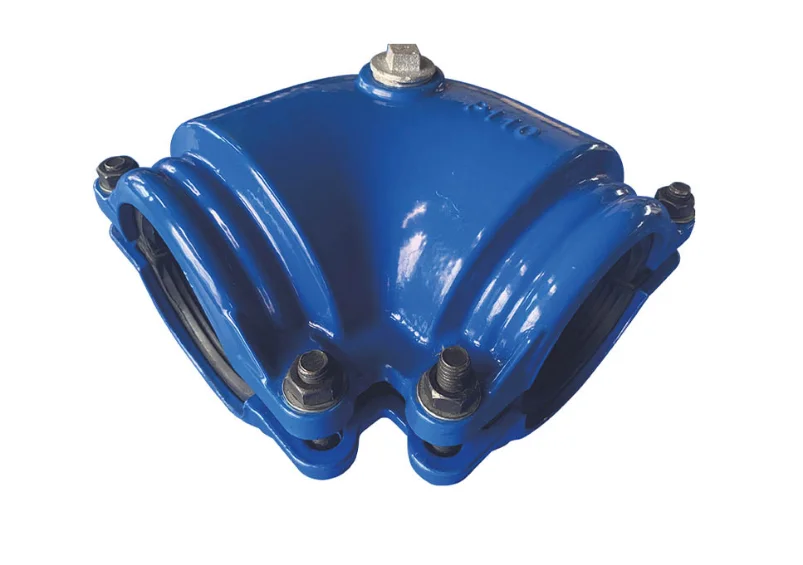
Choosing the Right Material for Your Project Needs
Key Factors to Evaluate: Pressure, Load, Environment, Budget
Pick ductile iron for pipelines with high pressure or moving loads. It’s tough and bends without breaking. For simple drainage systems with low stress, cast iron might be fine. Think about the environment too. Ductile iron holds up better in rough, corrosive soils, especially with coatings. For budgets, look at the long run. Cast iron is cheaper at first, but ductile iron’s long life saves money later.
Industry-Specific Recommendations for Using Ductile Iron Pipe or Cast Iron
City water systems often choose ductile iron for pressurized water mains. It’s also used in construction for supports where bending matters. Cast iron is great for decorative pieces or parts that don’t face heavy stress. Its hardness makes it a cheap option for those jobs.
When Engineering Companies Should Prefer One Over the Other
Engineering firms planning long-term utility networks should go with ductile iron. It’s tough and means fewer repairs down the road. For example, Conflex Joints Customization Service offers custom ductile iron solutions for important pipeline connections. Picking the right material keeps maintenance low and performance strong.
Frequently Asked Questions
Q: What are the main differences between ductile iron vs cast iron?
A: The biggest difference is how they’re made. Ductile iron has round graphite nodules, so it’s flexible and strong. Cast iron has pointy graphite flakes, making it hard but easy to break.
Q: Which material lasts longer underground?
A: Ductile iron usually lasts longer. It can handle soil shifts without cracking. With good coatings, it also fights rust better than cast iron.
Q: Can I replace old cast-iron pipes with ductile ones?
A: Yep, you can. Switching to ductile iron pipes cuts down on breaks from pressure spikes or ground shifts. It’s a smart fix for old systems.
Q: Is ductile more expensive than cast?
A: Yes, ductile iron costs more at first. But it lasts longer, so you spend less on fixes. Over time, it’s often the cheaper choice.
Q: Where can I find reliable pipeline repair products?
A: Conflex Joints is a trusted name for pipeline connection and repair products. With over 15 years of experience, they serve industries like water supply, gas distribution, oil transport, and chemical processing worldwide. Their products are tough and built to last.
For help picking ductile or cast iron solutions—or finding special products like dismantling joints—reach out to Conflex Joints today. They’ll guide you to strong, efficient options to make your project a success.


